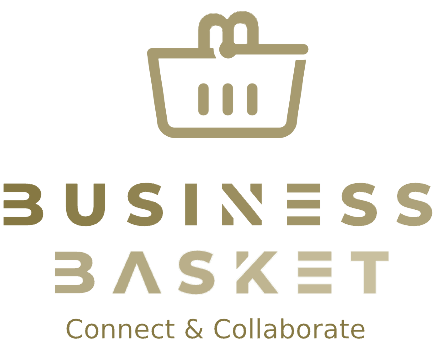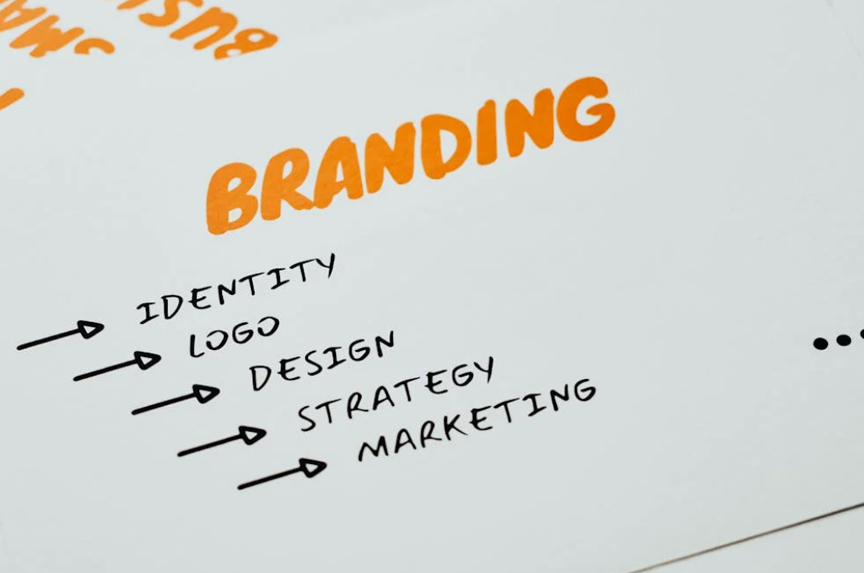Ever wondered why some brands effortlessly command attention while others fade into obscurity? In today’s crowded marketplace, a strong Brand Identity isn’t just a nice-to-have, it’s the invisible force that separates the winners from the also-rans. Enter Brand Identity, the secret ingredient that differentiates your business from competitors and establishes an enduring connection with your audience. In this article, we’ll explore the significance of branding, personal branding, and business branding, while examining how these elements impact user experience, first impressions, and long-term business success.
Why Every Business Needs a Strong Brand Identity to Thrive – Branding Creates Loyal Customers
What is Brand Identity?
At its core, brand identity encompasses the visual, emotional, and philosophical essence of a business. It includes logos, colors, fonts, voice, and messaging—all crafted to evoke a specific feeling or association in the minds of your audience. More than a logo or tagline, a strong brand identity serves as the foundation of all branding efforts, both personal and business-related.
Why is Branding Crucial?
Branding is more than a marketing buzzword. It’s an intentional strategy that influences how your business is perceived, how customers engage with your services, and how likely they are to return. According to a Lucidpress study, consistent branding can increase revenue by up to 23%. Why? Because consistent branding builds trust, reinforces recognition, and enhances user experience.
The Role of Branding in First Impressions
They say you never get a second chance to make a first impression—and this holds true for businesses. Your brand identity is the first thing potential customers see. A cohesive and professional appearance signals credibility, reliability, and quality.
Case Study: Apple Inc.
Apple’s sleek logo and minimalist design ethos have created a global impression of innovation and simplicity. This strong identity is so ingrained that even non-tech enthusiasts recognize Apple’s products instantly. For businesses of all sizes, investing in branding helps craft memorable first impressions that set the tone for future interactions.
Business Branding vs. Personal Branding
While the terms “business branding” and “personal branding” are sometimes used interchangeably, they serve different purposes. Let’s break it down:
Business Branding
Business branding refers to the collective identity of your company. It involves creating elements like a logo, slogan, and brand colors to communicate your company’s vision and mission.
Personal Branding
Personal branding is about positioning yourself as an expert, thought leader, or relatable figure in your industry. For solopreneurs or influencers, this can be as impactful as business branding. It builds an authentic connection with audiences by highlighting your unique story, values, and expertise.
Why Both Matter
Combining business branding and personal branding creates synergy. For instance, Elon Musk’s personal branding directly influences how people perceive Tesla and SpaceX. Similarly, personal branding gives small businesses a relatable face, enhancing the user experience.
User Experience: The Unsung Hero of Branding
A well-defined brand identity is more than skin deep. It directly impacts user experience (UX), shaping how customers interact with your products or services. Here’s how:
1. Clarity and Consistency
When branding elements like fonts, colors, and voice are consistent across touchpoints, customers find it easier to navigate your offerings. Clarity reduces friction, leading to better impressions.
2. Emotional Connection
Branding taps into the psychology of colors, design, and storytelling. For instance, Coca-Cola’s red invokes excitement and energy. When users feel emotionally connected, they’re more likely to stay loyal.
3. Trust and Credibility
Consistency in branding reassures users that they can trust your business. According to a Forrester Research survey, 95% of users say a positive experience makes them more likely to become repeat customers.

Real-Life Success Stories
Starbucks: A Branding Powerhouse
Starbucks’ success isn’t just about coffee; it’s about creating a memorable user experience. From their iconic green logo to the personalized experience of having your name on the cup, their branding fosters a sense of belonging.
Nike: Just Do It
Nike’s powerful slogan and logo go beyond selling sportswear. They’ve crafted a brand identity around ambition and perseverance, resonating with athletes and non-athletes alike.
Personal Branding Example: Gary Vaynerchuk
Entrepreneur Gary Vaynerchuk’s personal branding revolves around authenticity and actionable advice. His transparency builds trust, while his business branding strengthens his companies, like VaynerMedia.
Building a Brand Identity: Where to Start
- Define Your Mission and Values Ask yourself, “What does my business stand for?” and “How do I want my audience to feel?” These answers form the backbone of your branding.
- Craft Visual Elements Invest in a logo, typography, and a color palette that reflect your business’s personality. Tools like Canva or Adobe Creative Suite can help, or hire a professional designer.
- Develop a Consistent Voice Your tone and style of communication should align with your brand’s values. Are you playful, formal, or inspirational? Keep it consistent across blogs, emails, and social media.
- Focus on User Experience Ensure your website is user-friendly, fast, and visually appealing. Remember, 88% of online consumers are less likely to return to a site after a bad experience (source: Sweor).
Why Branding is an Ongoing Process
Building a brand identity is not a one-and-done effort. Brands need to evolve to stay relevant. Keep track of changing market trends and user preferences, and don’t hesitate to refresh your branding when necessary. For example, McDonald’s updated its brand image to include healthier food options and modernized interiors to align with today’s consumer expectations.
Keep Asking These Questions:
- Is my branding consistent across all platforms?
- Does my brand messaging still resonate with my target audience?
- How is my competition branding themselves?
Take the First Step Towards Exceptional Branding
Your brand identity has the power to make or break your business. It influences user experience, creates lasting impressions, and drives customer loyalty. Whether you’re building a business brand or refining your personal branding, remember: authenticity, consistency, and emotional connection are key.
Need help crafting a compelling brand identity? Book a free consultation session with our Business Basket member via lepakcreator.com and let’s create a brand that leaves a lasting impression!
Join Sg Biz Lobang Telegram Channel to inspire your business dreams with tips, advice, and market insight.
________________________________________
This blog features articles by guest writers from Lepakcreator.com
(Credits: Pexels)




